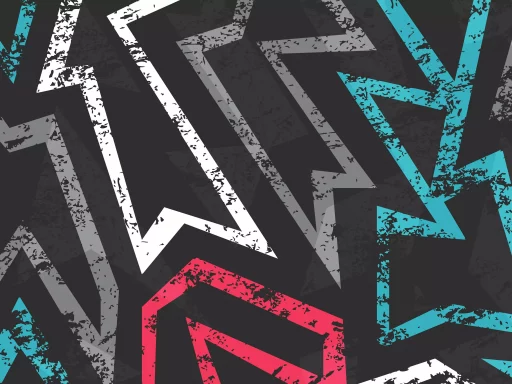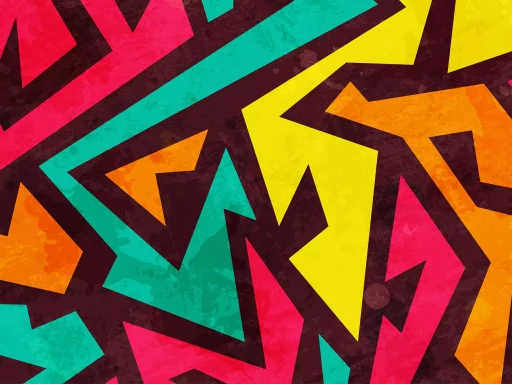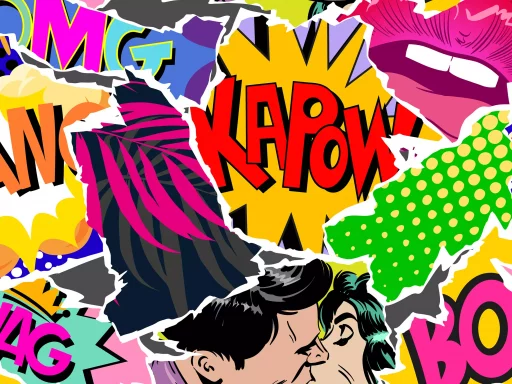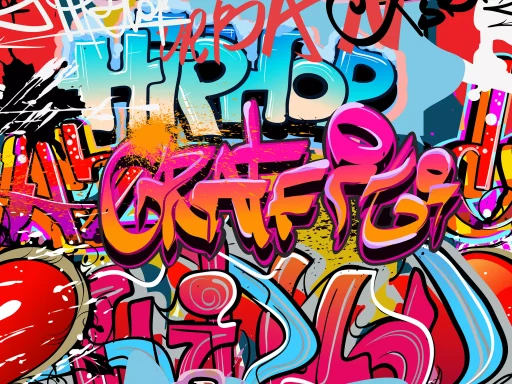Introduction
In the rapidly evolving world of texting and online communication, abbreviations and acronyms have become second nature to millions. One such abbreviation that has surged in popularity is “WTAF.” But what does it actually mean, and how is it used in everyday texting? This article will delve into the meaning of WTAF, its origins, and provide examples of its application.
Understanding the Meaning of WTAF
WTAF stands for “What The Actual F***.” It is a more explicit version of the commonly used phrase WTF, or “What The F***?” Both expressions convey surprise, disbelief, or confusion about a particular situation, but WTAF adds an extra layer of intensity.
Origins of WTAF
The abbreviation WTAF emerged from the increased usage of text and online speech that favors brevity and the conveyance of strong emotions in fewer characters. It gained traction in the early 2010s as social media platforms like Twitter and Instagram rose in popularity. The need for expressive language that captures strong feelings quickly became apparent, leading to the rise of WTAF.
How WTAF is Used in Texting
Texting has evolved into a medium where emotions can be nuanced, and WTAF fits perfectly into this trend. Below are some contexts in which you might see WTAF being used:
- Reaction to Unexpected News: When someone shares shocking news, one might reply, “WTAF?! I can’t believe that just happened!”
- Expressing Disbelief: If a friend is recounting a wild story, you might interject with “WTAF, are you serious?”
- Commenting on Social Media: A post might include an outrageous or surprising photo that warrants a comment of “WTAF!”
Case Studies: WTAF in Action
Let’s examine a couple of real-life scenarios to illustrate how WTAF can change the dynamics of a conversation.
Case Study 1: Group Chat Shenanigans
Imagine a group of friends discussing a night out. One friend posts a picture of themselves with a wild animal. They caption it, “Just became the new Tarzan!” The group reacts with excitement, but one friend replies, “WTAF?! Did you really do this?” In this context, WTAF serves to amplify the surprise and humor of the situation.
Case Study 2: News Reaction
During a global crisis, a friend texts about a bizarre decision by a leader, such as implementing strange regulations. A response like, “WTAF, this can’t be real, can it?” highlights disbelief and prompts further discussion.
WTAF and Social Media
The use of WTAF isn’t limited to private texting. It has found its way into social media posts and comments, becoming a way to express outrage or astonishment publicly. Data from a recent linguistic study of social media behavior revealed that:
- Approximately 65% of social media users incorporate slang and abbreviations like WTAF in their posts.
- Over 70% of millennials and Gen Z respondents reported using WTAF to convey strong reactions.
Alternatives & Variations
While WTAF is a popular choice for expressing disbelief or shock, there are several alternatives and variations that people may choose based on context or audience. Some of these include:
- WTF (What The F***)
- OMFG (Oh My F***ing God)
- WTA (What The Actual?)
Conclusion
As texting continues to evolve, so do the expressions we use. WTAF encapsulates a range of emotions, from bewilderment to humor, in an accessible, brief manner. Whether it’s used in private messages between friends or publicly on social media, WTAF serves as a vibrant reminder of the inventive language developed for the modern age. Understanding its meaning and proper context can help you navigate conversations filled with emojis, memes, and acronyms, enriching your digital communication experience.






